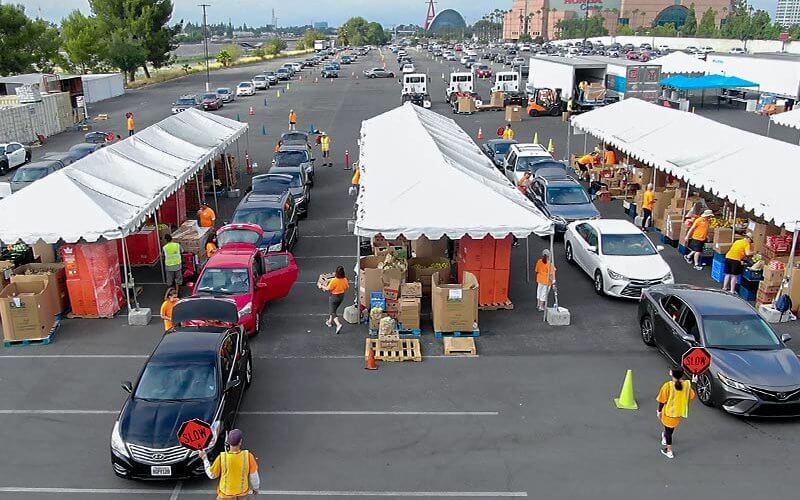
Nonprofits in Orange County are relieved to have finally turned a corner in the pandemic.
On a recent podcast broadcast by the Gianneschi Center for Nonprofit Research at Cal State Fullerton, several sector leaders expressed their optimism for the future as their organizations have started to recover from the damage wreaked by the crisis.
The Gianneschi Center in the College of Business and Economics is run by Zoot Velasco, lecturer in marketing, and has become a hub for all things nonprofit during the pandemic, compiling information and bringing members of the sector together to collaborate.
On the podcast, Velasco shared that before nonprofits can fully return to “business as usual,” there is a necessary recovery period, which is expected to last 18 months (ending in summer 2022).
“We have problems that have been put off, such as unemployment and foreclosures, that are going to lead to a boom in things like homelessness,” he explained. “We’re now looking to define the ‘new normal’ through our recovery.”
Pandemic Changes Here to Stay
The panelists all felt that the adaptations and learnings from the past year have already changed the sector for the better and positioned it for greater success in the long run.
Alumna Victoria Torres ’06, ’10 (B.S. human services, M.S. counseling-marriage and family therapy), director of community impact, Anaheim for the Samueli Foundation and lecturer in human services, mentioned that charitable organizations have realized the potential of virtual programming and will continue to have hybrid offerings in the future.
“Nonprofits learned what works better virtually and are being more intentional with in-person activities,” she said. “It’s inspiring to see nonprofits grow in this way and come up to par with corporate and other sectors. It puts us at a more level playing field.”
Organizations have also realized they can do their work without big offices. Torres expects the demand for shared spaces where organizations can meet, work and collaborate — like The Anaheim Hive — will increase.
She also noted the success nonprofits have seen with giving days, much like #TitansGive, CSUF’s day of giving, which raised over $450,000 in 24 hours.
Panelist Amanda Green mentioned two changes she is seeing as the organizational development services director for OneOC. Nonprofits are taking action on diversity and inclusion, and they have shortened their strategic planning window to 12 to 18 months — instead of the typical three to five years — in order to stay flexible.
The Future of the Arts and Social Services
Rick Stein, CEO of ArtsOC, said that arts organizations and venues were the first to close and may be the last to reopen, because they are all about social gathering. However, he predicts a future renaissance of the arts, citing suppressed demand, and new interest from people who experienced the arts for the first time through virtual programming.
Also hit hard by COVID-19, and the area with the longest timeframe for recovery, is the social services sector. Claudia Keller ’17 (M.P.A.), chief mission officer for Second Harvest Food Bank of OC, shared that her organization distributed 2.5 million pounds of food in February 2020, and tripled that amount by late May. They had to completely upend their business model: Due to social distancing, they were unable to process donations with volunteers, so they had to purchase food.
Social services will be sifting through the wreckage of the pandemic long after the rest of the economy has revived, as government policy has only deferred bankruptcies, evictions and the associated hardships.
A Shift in Donors’ Thinking
On the positive side, COVID-19 made Orange County residents realize the value of organizations like the food pantry, seeing them as investments in the community.
Todd Hanson ’91 (B.A. business administration-marketing), vice president at the Orange County Community Foundation, echoed that donors’ thinking has changed.
“The crisis helped donors better understand how vulnerable we all are and how we have to work together. Giving shot up from $70 million the year before to $100 million last year, and it’s on par to exceed that this year.”
Hanson also noted a move away from program grants to operating support grants — a significant change that nonprofits have long requested, as operating funds allow them the flexibility to fund their greatest need.
Learn more about the Gianneschi Center for Nonprofit Research and its resources on their website.